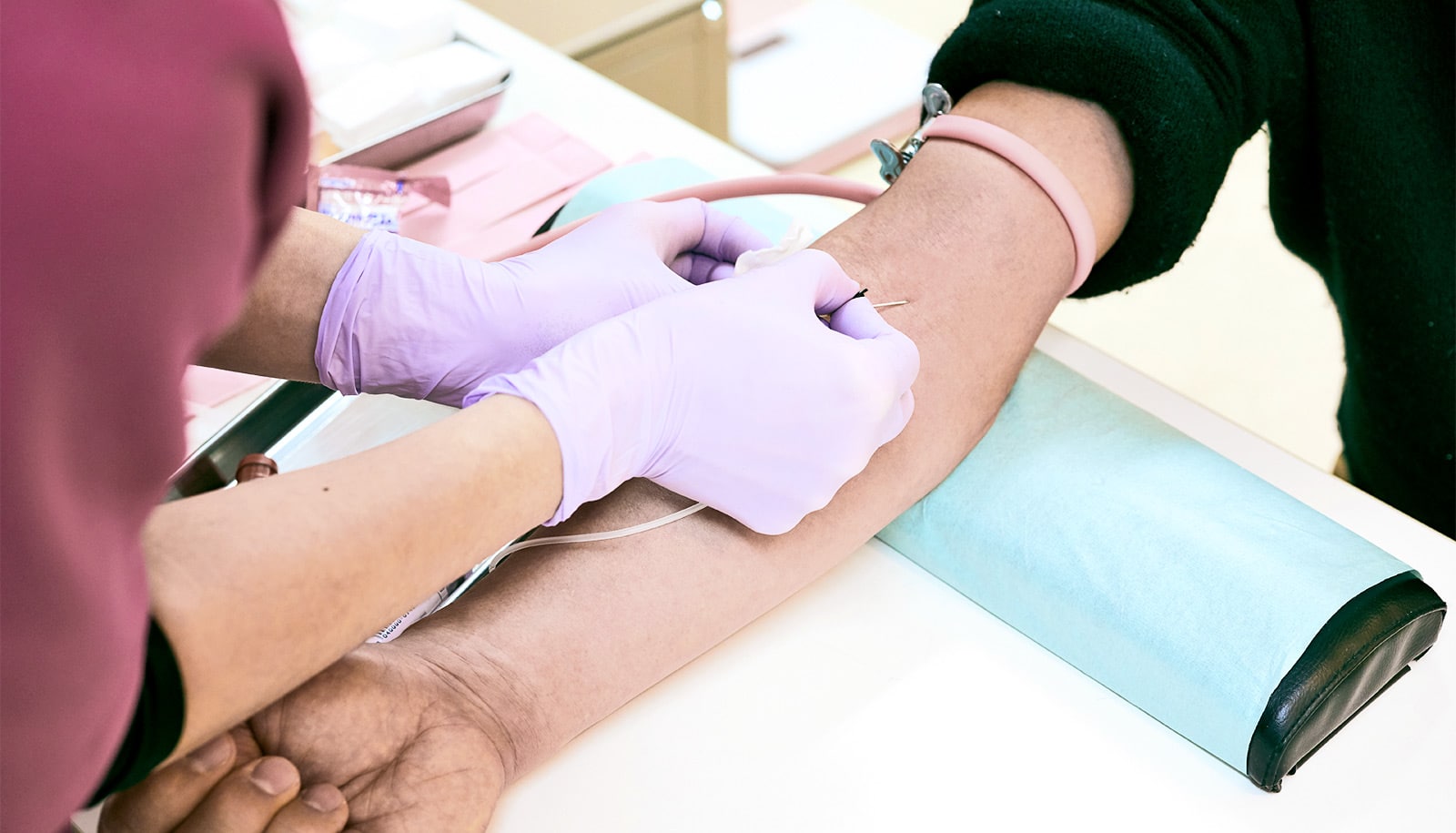A pair of new studies examine gender differences in Alzheimer’s disease and the possible role of estrogen and the gut microbiome.
According to the Alzheimer’s Association, almost two-thirds of Americans with Alzheimer’s dementia are women. While some of this discrepancy can be attributed to women living longer than men on average, researchers believe other factors play a role as well.
A pair of new studies from the University of Chicago explore differences in the development of Alzheimer’s-like symptoms in male and female mice. One study found gender differences in the response to a recently approved Alzheimer’s drug; the other examines the impact of estrogen, a reproductive hormone, on two hallmark symptoms of the disease.
The results suggest that estrogen likely plays a role in the formation of Alzheimer’s, in some combination with the gut microbiome, but the details remain to be understood.
The researchers hope, however, that the research provides clues that could someday help develop treatments.
Alzheimer’s and the microbiome
Alzheimer’s disease is characterized by plaques—clumps of the protein known as amyloid beta—that accumulate in the brain, as well as inflammation of certain immune cells called microglia. In order to better understand the disease and how it works, researchers run tests using mice that have been engineered to develop these Alzheimer’s markers.
Researchers have suspected that the gut microbiome plays some role in Alzheimer’s, but it is not fully understood. In 2019, a research team led by Sangram Sisodia, a professor of neurobiology at the University of Chicago, found when they treated mice with antibiotics to wipe out the gut microbiome, the male mice went on to develop fewer markers of Alzheimer’s disease—but surprisingly, the same was not true for female mice.
A new study, published in Scientific Reports, investigated these differences more directly. Working with the University of Chicago Microbiome Center, postdoctoral scholar and first author of the study Piyali Saha wanted to investigate why the female mice did not exhibit reductions in Alzheimer’s after being treated with antibiotics.
Saha wondered if levels of circulating estrogen might be the reason. She treated Alzheimer’s-prone mice with antibiotics and saw that estrogen levels increased threefold in the female mice.
She then conducted a second set of experiments in which she removed the ovaries of female mice when they were just a few weeks old, in effect stopping estrogen production. This procedure reduced markers of Alzheimer’s.
In a third experiment, she gave ovary-less mice estradiol in their drinking water to restore estrogen levels. When she did, the Alzheimer’s markers increased.
The composition of the gut microbiome varied significantly among the mice undergoing ovarectomies, those later receiving estradiol, and the control groups.
“That came out of the blue; I had no idea that manipulating estrogen levels was going to change things that dramatically,” Sisodia says. “Estrogen seems to be the driver of the changes we see in Alzheimer’s pathology, but we also know the microbiome is changing. So, there’s this crosstalk between the two.”
The finding may counter longstanding practices of using hormone replacement therapy to restore estrogen levels in postmenopausal women to help prevent cognitive decline—a strategy also brought into question by recent epidemiological studies. For example, a large-scale study of more than 20,000 women in Denmark from 2000 to 2018 showed that women who took estrogen replacement therapy had a higher risk of Alzheimer’s and other dementias than those who did not receive this treatment.
“This evidence would suggest that estrogen replacement therapy is not the right thing to do,” Sisodia says. “We see in the current study that estrogen levels always have an impact on amyloid deposition. If you take away the source of estrogen in mice at a very early stage, amyloid deposition goes away. It’s pretty remarkable.”
Sisodia stresses that there is still a lot to learn about the chain of events that leads from estrogen levels to changes in the gut microbiome and changes in amyloid deposition. It could be that estrogen affects the composition and abundance of certain types of bacteria, which in turn changes the metabolites and enzymes they produce that further impact brain function. Timing also matters, because once symptoms of Alzheimer’s become apparent, it is far too late to reverse the damage.
Shutting down estrogen production completely in women isn’t a solution, but the clues from these studies hint at possible intermediate steps.
“If we can identify some target molecules that are involved in this biological cascade of estrogen metabolism, maybe we can develop some sort of medicine to mitigate the effects,” Sisodia says. “I think that’s potentially a great therapeutic avenue, at least for 50% of the population.”
More work ahead
In the second paper, published in Molecular Neurodegeneration, Sisodia and his colleagues tested the effects of a new drug called sodium oligomannate, or GV-971, on the formation of amyloid deposits and neuroinflammation. Originally derived from brown seaweed by the Chinese pharmaceutical company Shanghai Green Valley Pharmaceuticals, the compound has undergone Phase III clinical trial testing in China and is now clinically approved for patients with Alzheimer’s.
When Sisodia and his team tested GV-971 on mice prone to Alzheimer’s, they saw a significant drop in amyloid deposits, even at the lowest doses, and a reduction in inflammatory markers in the microglia—but again, these changes were only observed in male animals. They also noted significant changes in the composition and abundance of several types of gut bacteria in male mice, but fewer changes in the microbiome of female mice.
Sisodia says further studies are needed to understand the links between GV-971, the microbiome, amyloid deposition, and inflammation—either by introducing or removing these key bacteria and analyzing the effects of the metabolites they produce.
“How do those pathways interact? And how does that lead to the changes in brain function? That’s all yet to be determined,” he says.
Funding for the study in Scientific Reports came from the Cure Alzheimer’s Fund, the Open Philanthropy Project and Good Ventures Foundation, the Luminescence Foundation, and the Safadi Program for Excellence in Clinical and Translational Neuroscience Postdoctoral Fellowship.
Funding for the Molecular Neurodegeneration study came from the National Institute of Aging, the Open Philanthropy Project and Good Ventures Foundation, Bright Focus Research Fellowship, the Alzheimer’s Association Research Fellowship award, Shanghai Green Valley Pharmaceuticals, the Cure Alzheimer’s Fund, and the Luminescence Foundation.
Source: University of Chicago



